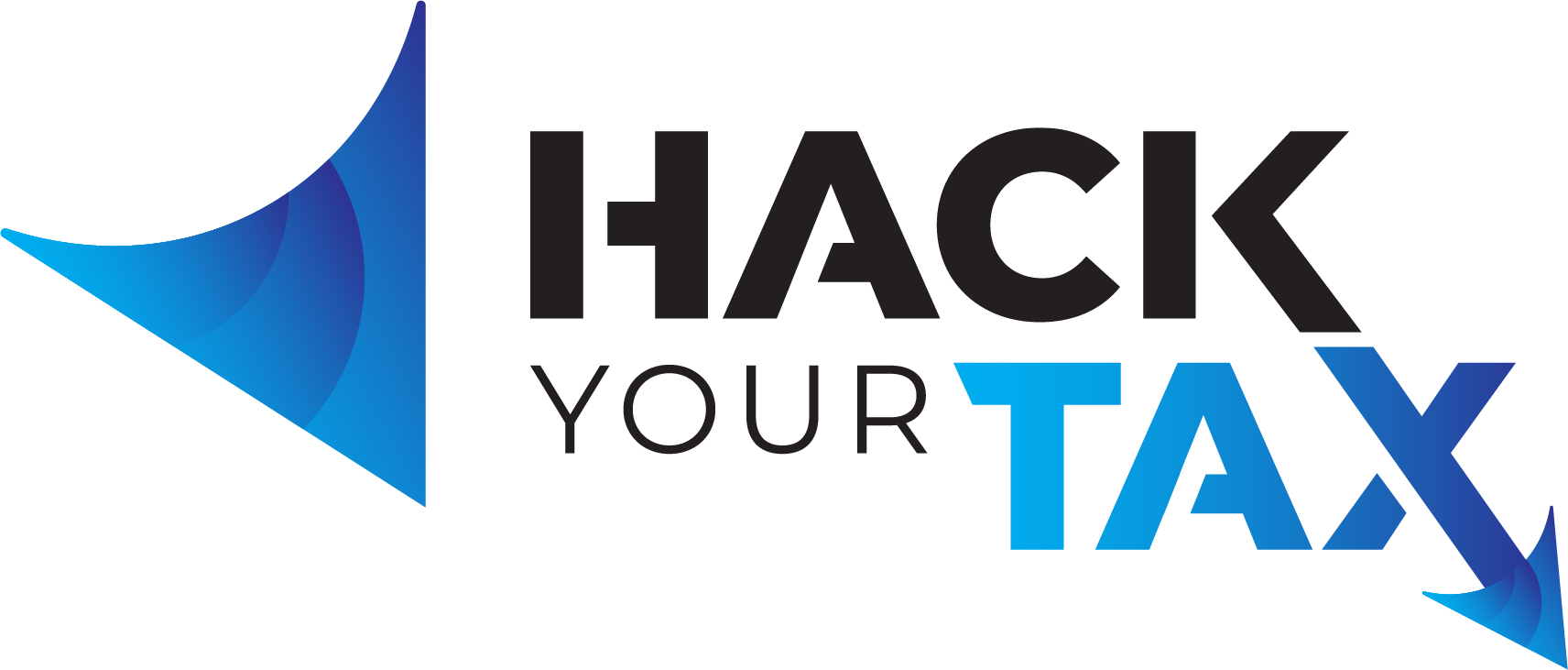Invest, Startup or Relocate in an Opportunity Zone
Taxpayers may find it easier to invest, startup or relocate in an Opportunity Zone, especially with the IRS reminder to just “Do your best.”
The Tax Cuts and Jobs Act of 2017 included two mind-boggling sections enacted and added by Congress to the tax code with Treasury suggesting as much as $100 billion flowing into Opportunity Zones.
In December 2019, two years to the month after the TCJA was signed into law, the IRS released the final regulations for those two sections, the Qualified Opportunity Zone Program, which hopefully ties up all loose ends.
This 544-page document deals heavily with funding. It provides business entrepreneurs, investors, and owners more opportunities to invest in or operate a business in an OZ tract. Included are options to help taxpayers establish a new business, acquire or move an existing business into a qualified OZ tract. Click here, go to page 16 for all Arkansas zones by county.
A brief history of OZ
The early years
During those first two years, nobody understood the program, and there were few guardrails at the federal level. One of the most significant stand-alone qualities of this powerful, ‘community-renewal’ tax endeavor was its lack of governmental oversight. Gutsy real estate developers loved it! One private equity real estate firm issued a November 2018 press release when they launched an OZ fund and amassed $105 million in commitments in 17 hours! There was too much money to ignore.
With each new proposed rule, change, or unanswerable question, the IRS encouraged participation and tossed out a safety net labeled “continue to rely on those rules, assuming they are applied consistently.”
Successful developers zigged-zagged between road signs, adhered to the IRS mantra of “do your best,” and didn’t paint themselves into corners. However, the footwork was far too fancy for small business owners. It simply wasn’t for them.
Where we are today
Real estate developers still dominate the action in the 8700+ opportunity zones. By not participating, business investors and owners left money on the table, which in most cases, was probably a wise move.
Those early, shrewd property developers who already have their feet wet, are quick to see the handwriting on the wall and read it as a “very attractive business investment.” They aren’t afraid to grab hold while newer, less wealthy investors and owners remain cautious to embrace.
Plainly, though, the bar is set for less-well-heeled investors and owners to participate, but seasoned OZ developers are likely to cherry-pick while the cautious mull it over.
Your Qualified Opportunity Zone Business
There’s no Yellow Brick Road leading to OZ, but the path business investors and owners now have may be easier to follow. Generally speaking, there are three choices:
- Investing in an active, existing business
- Establishing a new business
- Relocating an existing business into The Land of OZ
Not all business entity types qualify to operate as Qualified Opportunity Zone Businesses (QOZB). Your entity type must be either a corporation (C, S, or REIT) or a partnership. Most are either limited partnerships, or LLCs taxed as partnerships because corporations are highly inefficient tax entities for holding appreciating assets. Certain situations require a C Corp structure. Some businesses start as a partnership but must convert to a C Corp before reaching a specific value. Generally, LLC/ partnerships are generally the entity of choice for QOFs and QOZBs.
Invest in an active, existing business in OZ
Entrepreneurs and investors find they are burdened by fewer entitlements, less capital outlay (no minimum required to invest), and less risk. Final Regulations made possible quicker revenue generation, flexibility to alter the business plan, mobility, and often a higher multiple upon exit. Final regulations paved a much smoother, less twisted road into and through OZ.
For a business to qualify as a QOZB:
- At least 70% of the qualified business assets must be QOZBP (Property) primarily used in OZ census tracts,
- At least 40% of all the qualified business intangibles must be used in OZ census tracts, and
- At least 50% of the qualified business income must be OZ-sourced income, determined under a three “safe harbor” set of rules, or an alternative facts-and-circumstance test, contained in the second set of regulations.
Also, consider that only qualified deferred gains invested are eligible for the various OZ tax benefits.
Establish a new business in OZ
Establishing a new business within a single or multiple OZ tracts offers the cleanest, most straightforward route into and through OZ. Generally, this is because the tangible property acquired for use in the new business will be treated as QOZBP unless the property had been used by an OZ tract before the acquisition or was acquired from a Related Party (over 20% common ownership).
Other possible methods of business start-ups become more complicated, but in virtually all cases, the operating business will be owned by the QOZB rather than the QOF.
Relocate an existing business into OZ
Relocating is possibly the most challenging route. If the business acquires assets not previously used in an OZ tract, the business will be non-QOZBP.
What is QOZBP? Stated simply, this is property purchased after 2017 from an unrelated party, and, generally either:
- the original use of the property in the QOZ tract begins with the QOF or QOZB, or
- the QOF or QOZB substantially improves the property.
Meeting all qualification tests are tricky. Like newly formed partnerships and corporations, preexisting entities must meet all requirements applicable to IRC Section 1400Z-2 and related regulations.
The IRS ties it all together?
Final Regulations provided some level of clarity and expansion, however, it didn’t make venturing into the Land of OZ a simple or easy undertaking.
The original “do your best” mantra pushed by the IRS continues. Applicability dates of each section are generally tax years beginning after 60 days from the official publication in the Federal Register.
Simply, taxpayers who are, or were, relying on provisions of a section of the proposed regulations for purposes of their 2019 year-end tax planning can continue to rely on those rules, assuming they are applied consistently.
The bottom line
Involved in the Qualified Opportunity Zone Program? This is NOT the time for tax filing to be a DO-IT-YOURSELF project!
If you want to be involved in the Qualified Opportunity Zone Program, we’re ready to help you get STARTED.
You can have the same opportunities my clients have to control your financial future. Allow me to become your CPA tax specialist and financial business and life goals advisor. Have a trusted professional on your side.
Call us at 479-478-6831, or you can email us.
To schedule an appointment with Melanie Radcliff, you may also use our Online Appointment Scheduling option!
More about the Land of OZ
The Land of Myth and Money
QBI, Triple Net Leases, and OZ: An IRS 3-Ring Circus
The Last Proposal Unlocks the Gate to OZ


